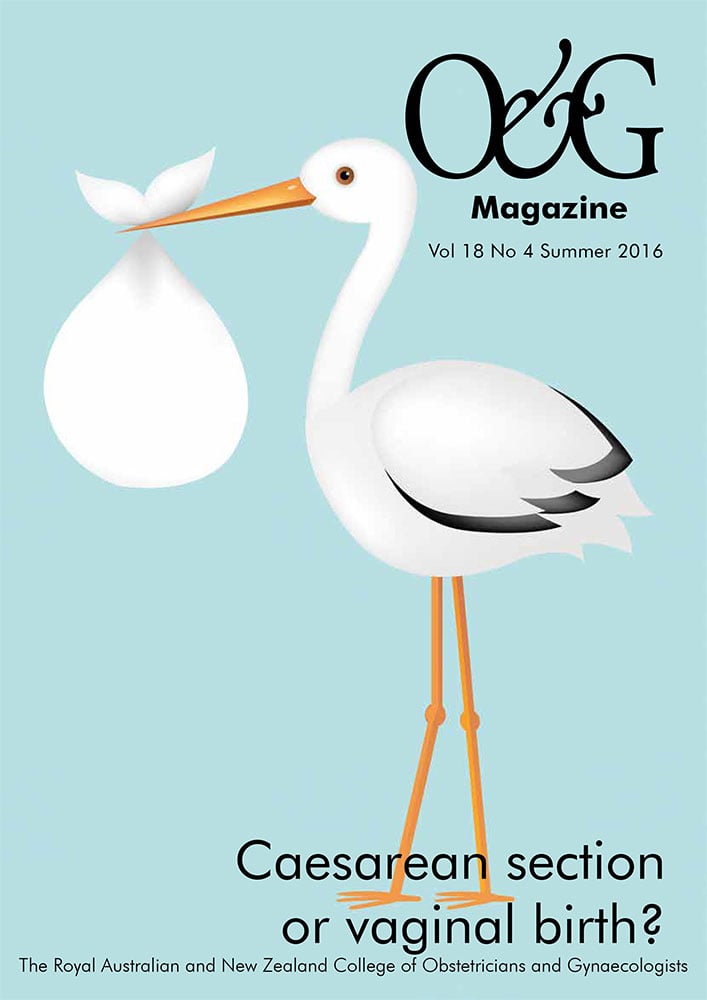Had time to read the latest journals? Catch up on some recent research by reading these mini-reviews by Dr Brett Daniels.
The choices for relief in labour are many and varied, ranging from non-pharmacological techniques, including massage, relaxation, warm water and TENS machines, to opiate analgesics delivered by various routes, inhaled nitrous oxide or regional anaesthesia. Each method has its own profile of effectiveness in pain relief, acceptability, side effects for mother and baby, and the limitations imposed by cost, staffing and equipment availability. At this stage there is no single technique that is universally accepted as being best and women and their clinicians will generally choose according to their own preferences and local practices.
Paracetamol is a simple, cheap and common analgesic that is acceptable to many women and is not thought to have adverse on fetal well-being if given in labour. This small, but well-designed, placebo-controlled single blind study examines the effectiveness of 1000 mg intravenous paracetamol (acetaminophen) as an intrapartum analgesic. Two hundred women in active labour were randomly allocated to receive either 1000 mg of IV paracetamol, or an IV normal saline placebo. They were asked to rate their pain on a visual analogue scale prior to the injection, and at 1, 2, 3 and 4 hours after administration. Women in both the placebo and paracetamol groups showed a significant decrease in their pain rating following injection compared to their initial rating; the paracetamol group showed a significantly greater decrease in pain than the placebo group. There was no significant difference in duration of labour, mode of delivery or fatal outcome between the two groups.1





Leave a Reply